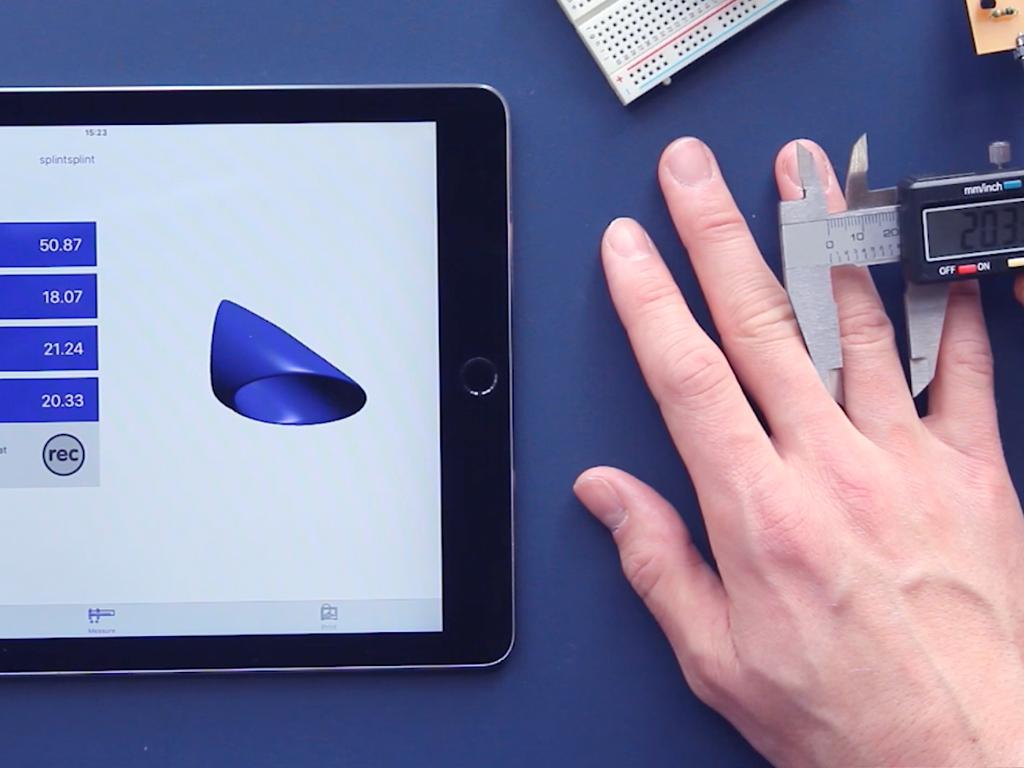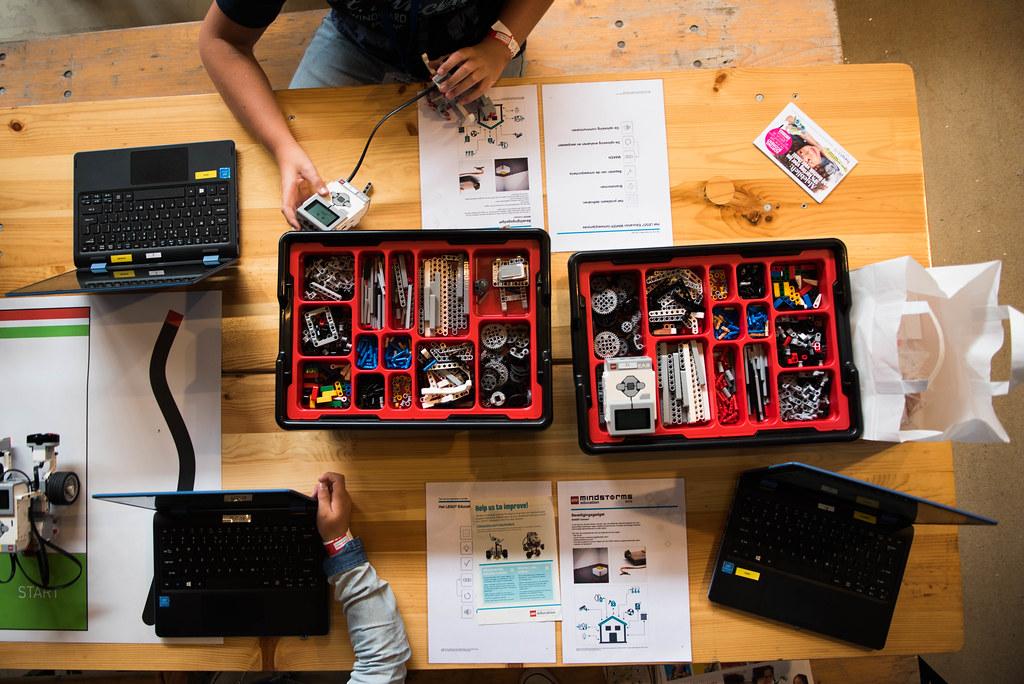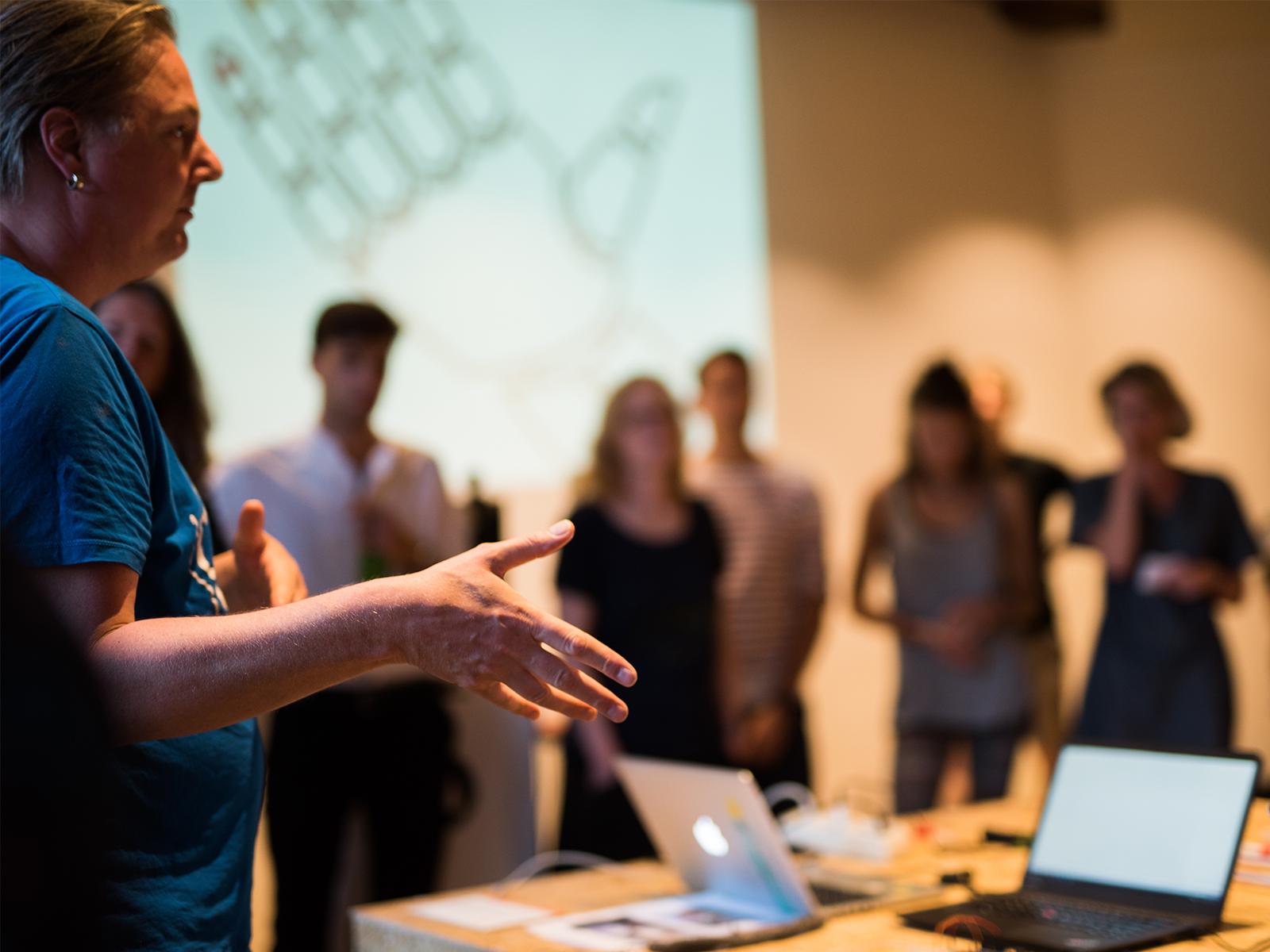On the 9th of March, the doors of 'Huis de Pinto' were open for everyone interested around the theme of 'MakeHealth'. Healthcare experts, pioneers in DIY healthcare, students, patients and other interested in the topic came together to discuss what is possible when patients and providers take matters into their own hands, and start making solutions for health related challenges themselves.
Since there are already several 'Healthmakers' out there, Jurre Ongering, project manager from the Creative Care Lab of Waag, introduced the subject with an overview of different types of making for healthcare, in Fablabs or makerspaces worldwide. These varied from really practical solutions, like the boy who made his own orthopaedic soccer shoe at Fablab Amsterdam some time ago, and nurses who make their own solutions, to more conceptual ideas like a DIY surgery robot by Frank Kolkman.
Guest speakers
Different Health Makers were invited to explain what they made, how they made it and why they made it. There was a broad view on the subject 'making' for healthcare. Some had a more commercial perspective, while others purely managed to fulfil a specific individual need:
- Diderik van Wingerden presented his open source wearable health technology: The Totem Health Sensor. Current wearables on the market all use closed software systems. While Diderik’s open software gives everyone the freedom to create own algorithms, insights, use and even control of the user’s data.
- Mickael Bouley, designer at Waag’s Creative Care lab, demonstrated the possibilities of a parametric designed finger splint. This way of designing allows rapid and easy customization and fabrication, and could be applied on a broader scale of products.
- Remedi.co, founded by Jan Jouke Harms, is a voluntary initiative to connect tropical doctors and open source hardware enthusiasts to co-create and design simple solutions as replacement for current expensive and complex healthcare devices. Jan Jouke himself is such an enthusiast; he designed a simplistic vacuum cup together with a local tropical doctor from Uganda, whom he called the big 'hero' behind the idea. This shows that the problem owner, in this case the tropical doctor, is best in generating solutions for their own healthcare challenge but sometimes need some extra support in the development process.
- The evening was finished by Robert Jan Oosterbaan, a typical 'Do It Yourself' maker. This visually impaired man was frustrated during his night walks in the Vondelpark: by the lack of visibility of his walking cane people didn’t recognize him as a blind man. Tackling this frustration, he went to makerspace ZB45 and made himself a fancy walking cane with lights that he could even wrap up into his pocket! Robert Jan would like share his product with other visually impaired.
Creating a community
Altogether it was an inspiring evening. The meetup showed that MakeHealth is not only about projects initiated by Waag, but it depicts the need to create a community of Healthmakers. To share ideas, support each other, and motivate others we can show that anyone can be a maker of his own healthcare solutions, creating a community will make that more accessible. Let the next public meetup show how an active contribution of the Fablab can make it even more accessible!



